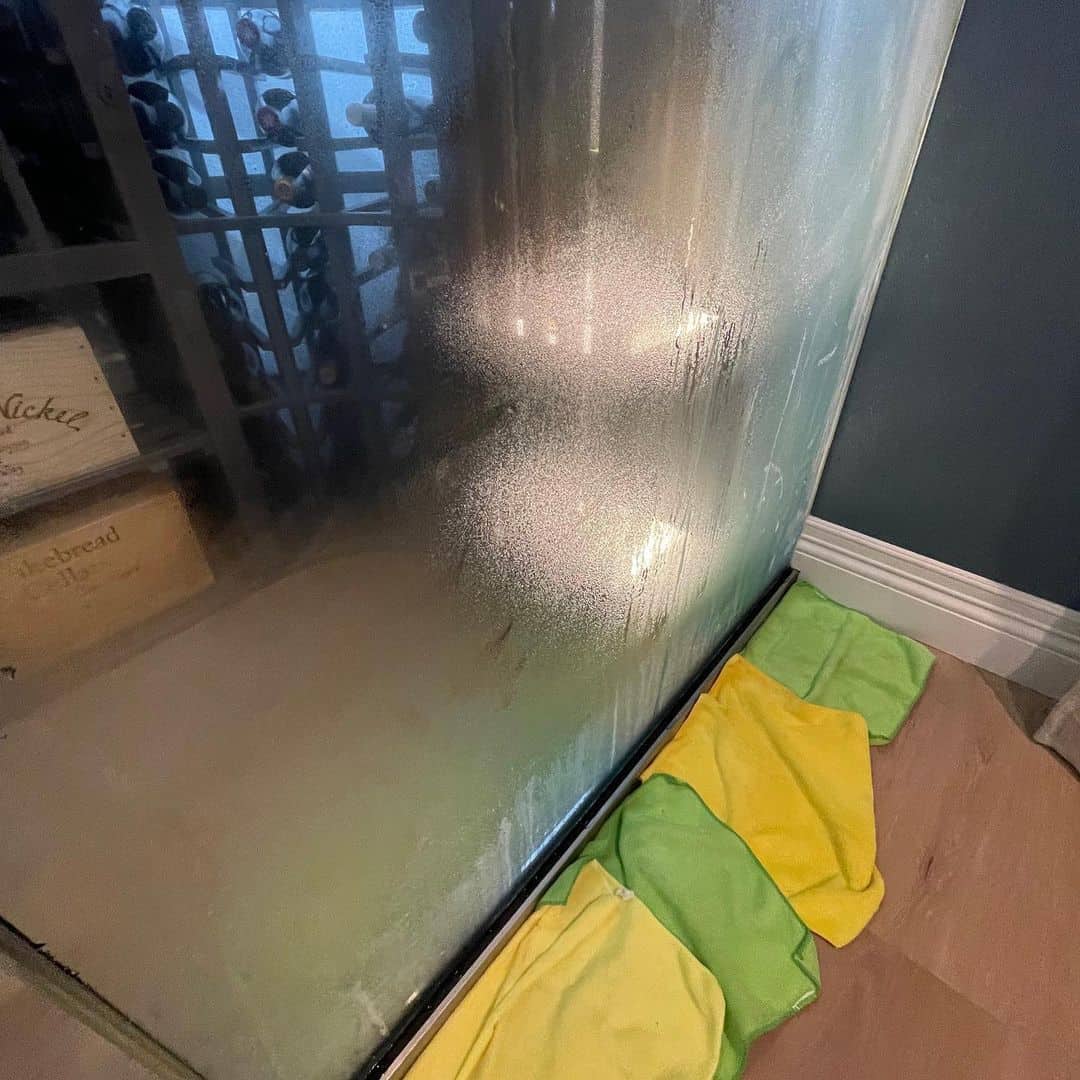
Cellar Humidity & Condensate
Some of our clients are unaware of why their cooling system will produce water condensate through the drain line.
This water is a byproduct of your cooling system stripping excess humidity from the air inside your cellar. This feature was added to protect your collection from the side effects of long-term storage in a high humidity environment.
How CellarCool Systems Manage Cellar Humidity.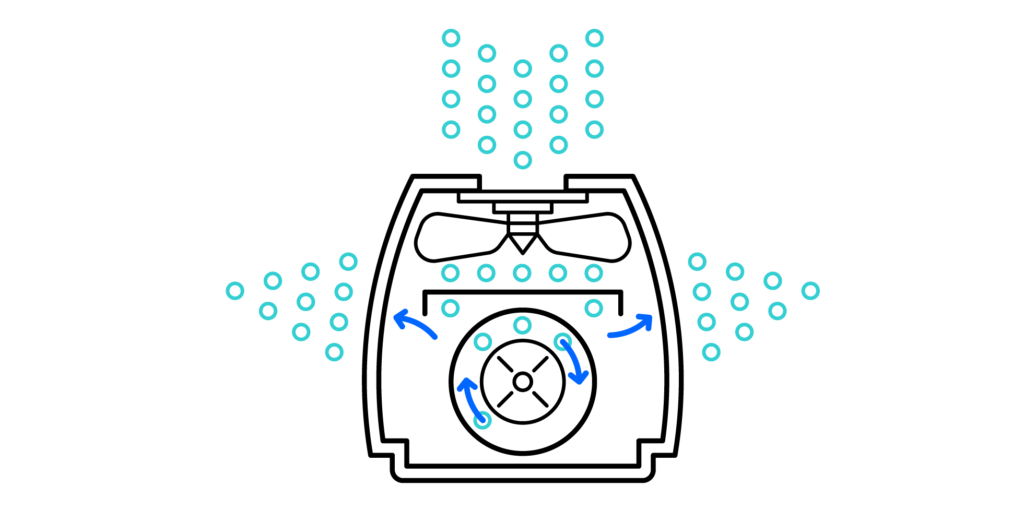
The key difference between CellarCool systems and traditional air conditioner units is the maintenance of well-conditioned humidity. Regular air conditioning units are designed to cool as quickly as possible. As a result, humidity is removed below acceptable wine storage levels. CellarCool achieves optimal results by gently cooling the air within your cellar at a slower rate, thus maintaining optimal humidity levels for the long-term storage of fine wines.
Producing Too Much Water?
In high humidity areas (75%-90% relative humidity) of the country, moisture will frequently travel through the walls (especially in underground applications where materials like concrete or cinderblock are used) and enter the cellar. When creating your wine storage area, it is crucial to research your area’s climate to identify potential areas of concern. We suggest maintaining humidity levels near 55% since higher humidity levels can contradict the cooling process and make it harder to maintain temperature.
What Can You Do To Prepare Your Cellar For Humidity?
Vapor Barrier –
When building your cellar, a vapor barrier is necessary for the efficient cooling of the cellar environment. The barrier acts as a defense to unwanted moisture coming in or escaping out of your wine cellar environment.
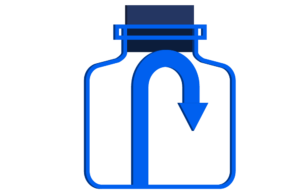
Sealing Your Cellar –
Properly sealing your cellar environment will prevent unwanted humidity from leaking into your cellar and causing your unit to expend more of its capacity to work to strip this excess moisture. Areas of concern are as follows: doors, wall joints, and the cellar’s flooring, & ceiling sealing seal. These areas should all be properly sealed with recommended materials.
An Important Note To Keep In Mind.
When a cooling unit strips excess humidity out of the air within the cellar, it is using a percentage of its overall capacity to do that. For example, if your system was rated to run 50% of the time to cool the heat load of the cellar, it will use an additional 10%-20% of its capacity to work to strip the unwanted humidity from the air, when proper humidity prevention methods are not taken. This is extremely important to note when pertaining to the runtime of your system and the amount of liquid drainage from your cooling system.




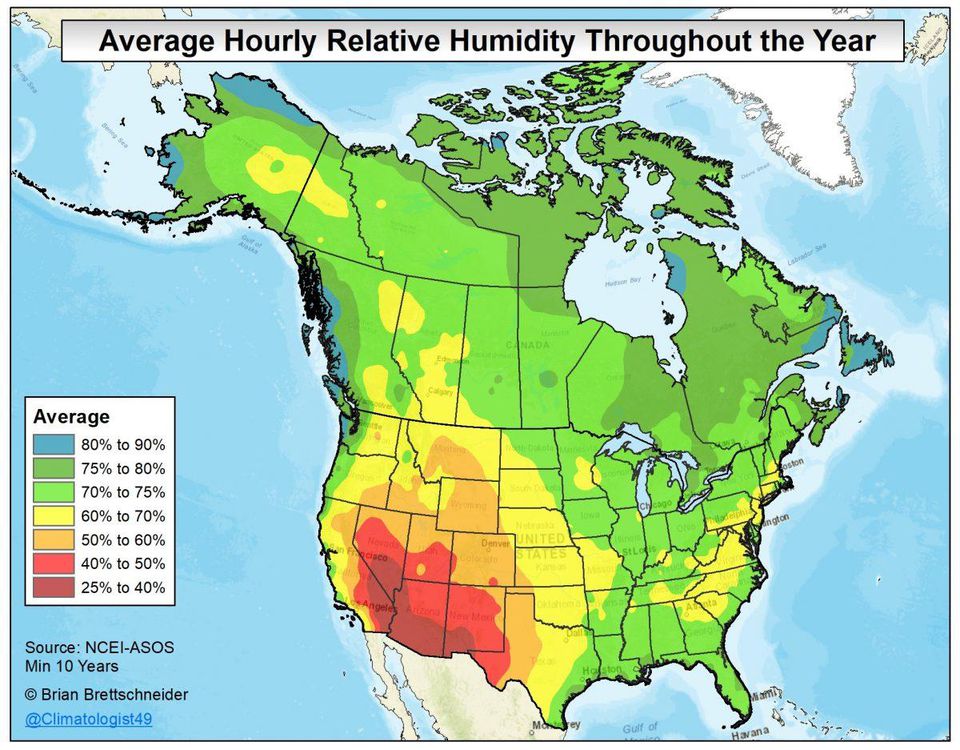
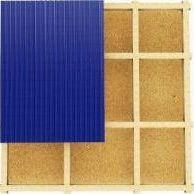
No Comments